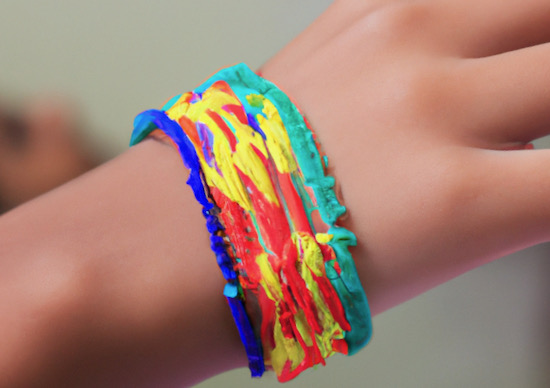WEDNESDAY, AUGUST 30: Across India and in Hindu communities worldwide, the sacred bonds between brothers and sisters are honored on Raksha Bandhan. Over many centuries, the rakhi (from Sanskrit, “the tie or knot of affection”) has evolved from simple, handspun threads into bangles sometimes adorned in jewels, crystals, cartoon characters and even political figures.
On a broader scale, Raksha Bandhan is a time for harmonious existence and a bond between leaders—teachers, political figures, civil authorities—and those they serve.
RAKSHA BANDHAN: COLORS AND RITUALS
Weeks before the culmination of Raksha Bandhan, Indian usually shops offer a bright palette of threads for women making their own rakhi; shops also are stocked with colorful premade rakhi. Men also shop market stands, searching for a token of love for their sisterly Raksha Bandhan companion.
Did you know? Raksha Bandhan is so popular that nearly every year government officials across India announce some kind of new service or public improvement related to the holiday.
In a normal year, on the morning of the festival, brothers and sisters greet one another in, if possible, the presence of other family members. The sister ties a rakhi on her brother’s wrist, reciting prayers for his well-being and applying a colorful tilak mark to his forehead. The brother responds with thanks and a renewal of his sibling commitment, and the two indulge in sweet foods. The brother presents the sister with a gift, and everyone present rejoices in the gladness of family—often with a festive meal.
Some of the most popular Indian treats enjoyed on Raksha Bandhan may be surprisingly sweet to Westerners unaccustomed to Indian cuisine. A prime example is gulab jamun. Think of a donut hole soaked in syrup! India-based NDTV’s Food channel already has published tips for home-made gulab Jamun.
Interested in making your own rakhi? Find 15 kid- and adult-friendly ideas at the blog Artsy Craftsy Mom, which features simple to complex DIY rakhi instructions.
For an eco-friendly rakhi DIY, check out this article, from The Better India.


Tell Us What You Think